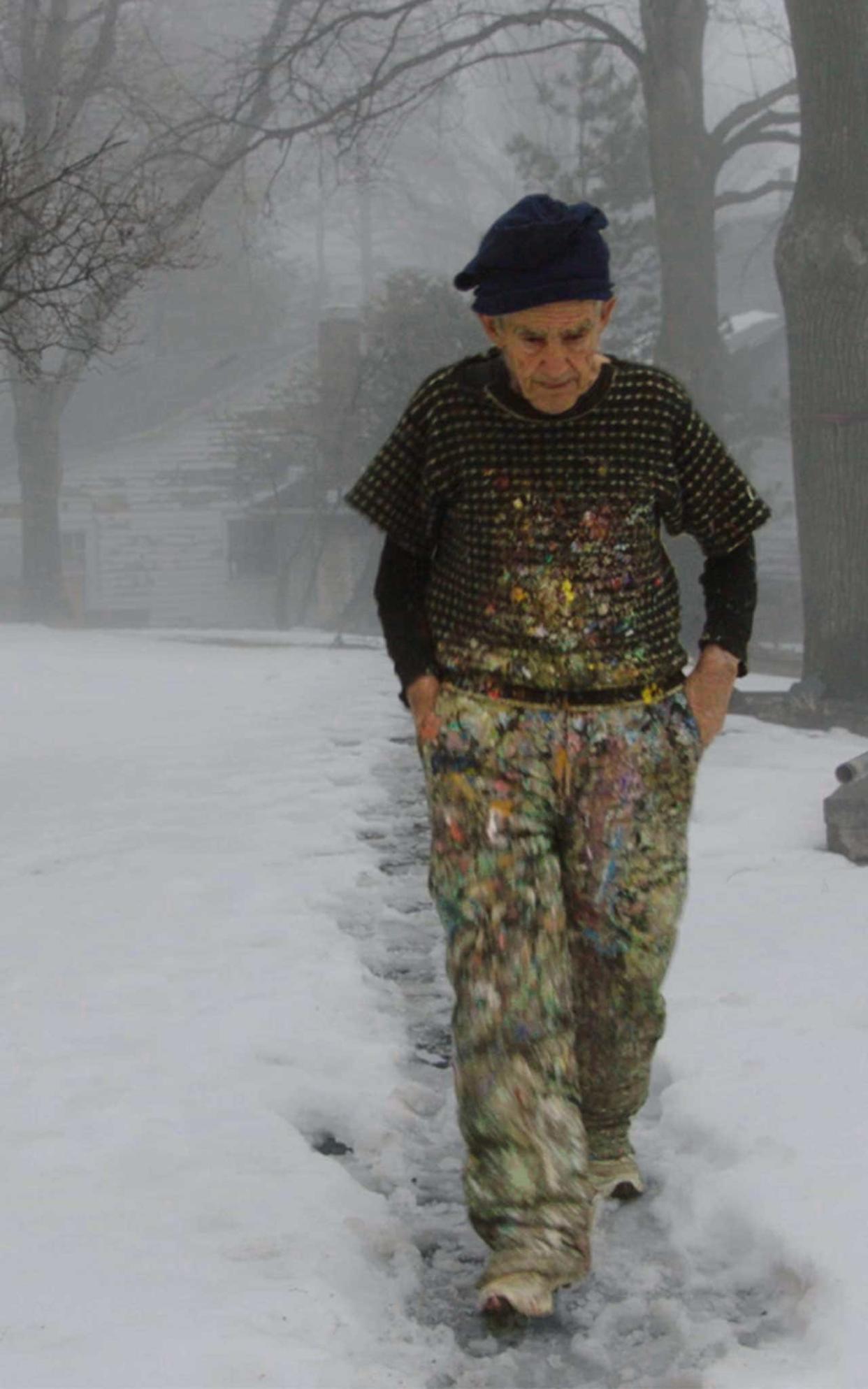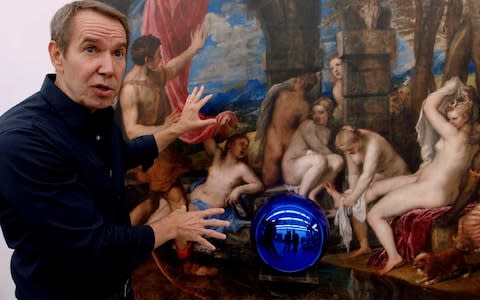Eye-opening documentary explores the 'completely perverse' subject of art valuation

A documentary, released in cinemas next month, delivers an eye-opening insight into how works of art are valued. The Price of Everything, which takes its title from the line about cynics by Oscar Wilde, goes behind the scenes at some of the world’s top galleries and auction houses.
The film-maker, Nathaniel Kahn, an award-winning director, also speaks to pivotal collectors, dealers and artists. Two stand out. The first is one of the top collectors in America, 93-year-old Stefan Edlis, who gave the Art Institute of Chicago $400 million (£308 million) of contemporary art in 2015. The second is Larry Poons, the artist, a star in the Sixties whom the market forgot.
Edlis, a former plastics manufacturer, is unexpectedly candid. On how to get noticed, he says: “I paid a record $600,000 for a Mondrian in the Seventies. Everyone wanted to know who that schmuck was from Chicago who overpaid … but it put me on the map.”
Filmed strolling about his lofty apartment lined with paintings by Andy Warhol and George Condo, and sculptures by Jeff Koons and Damien Hirst, he pauses by a large silver rabbit by Koons. His wife, Gael, describes how they bought it in 1991 for $945,000, which everyone thought was crazy. She says they just wanted it “no matter what the value”. It’s now worth $65 million, says Stefan.

Edlis, who fled Vienna with his family in 1941, at the age of 15, also shows Kahn his Austrian passport stamped with a J, and a sculpture of Hitler by Maurizio Cattelan, which he bought for $250,000, and which he believes is now worth $17 million.
It’s not problematic for a Jew to own the work, he says, because it’s art. And what is art? Edlis is hard to pin down. A portrait of Liz Taylor by Andy Warhol hanging in his apartment is a copy he had made to replace the original (worth $40 million) while it was on loan. Asked what a piece of art is if it can be reproduced like that, he smiles: “I can’t answer that.”
Edlis also discusses Courbet’s Le Sommeil – a painting of a naked lesbian couple. The collector owns a studio version of a copy of the painting made by Koons, to which Koons added a blue gazing ball (normally used as a garden ornament) on top of a small shelf, for a show in 2015. “Anyone could have a copy of a Courbet and get no credit for it, but put a gazing ball on it … then presto,” he grins.
He’s also dismissive about collectors generally. “The art world is a place where there are a few leaders and a lot of followers. To be an effective collector, deep down you have to be shallow – a decorator.”

Edlis then furnishes the film with its title. Discussing a Jasper Johns Target painting he bought for $10 million in 1997 that is now worth $100 million, he is asked if he thinks it’s worth it. Edlis replies, ambiguously: “There are a lot of people who know the price of everything and the value of nothing.”
Looking at a painting in a sale catalogue, Edlis remembers that Poons was popular in the Sixties, but “stepped off the ledge”.
“Everyone thinks I am dead,” says Poons, who works on long abstract paintings in a large shed in upstate New York. But then interest sprung up again.
“People have been looking for the most undervalued artists,” says Barbara Rose, the art critic. “It’s a stock market thing and completely perverse.”
Serge Tiroche, the art investment adviser, intimates something more sinister when distinguishing why a Gerhard Richter is worth so much more than a Poons. “It’s due to the interest of certain parties to keep prices at a certain level. It’s part of the game,” he says. Richter clearly does not approve, saying auction prices for his art (up to $30 million), are too high, and that “money is dirty”.
The film ends in September 2017, with the opening of a show of Poons’s new work in New York. What it doesn’t have time to tell us is that the show was a sell-out at prices from $100,000 to $250,000. A sequel would also tell us that Poons’s current show had also sold out, with prices reaching $1 million. No longer forgotten, he has left the cynics behind.
Sign up for the Telegraph Luxury newsletter for your weekly dose of exquisite taste and expert opinion.

